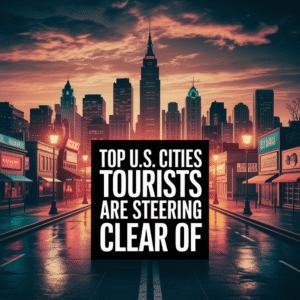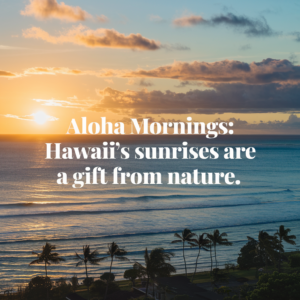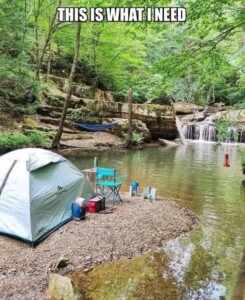
Planning my trip to Bryce Canyon National Park was a thrilling experience. I had heard so much about its unique landscapes and stunning hoodoos, those towering rock formations that seem to defy gravity. The anticipation of seeing them in person filled me with excitement. As someone who loves exploring natural wonders, Bryce Canyon had always been high on my list of must-visit destinations.
I was particularly drawn to Bryce Canyon because of its reputation for offering some of the most breathtaking views in the country. Friends had told me about the incredible sunrises and sunsets that light up the canyon, creating a kaleidoscope of colors that are simply unforgettable. As a photography enthusiast, I couldn’t wait to capture those moments and compare them to other stunning vistas I’ve seen, like the ones at Pier Park in Panama City Beach.
But it wasn’t just the scenery that excited me. The chance to hike through the park’s diverse trails, camp under a star-studded sky, and possibly spot some of the local wildlife added to the allure. I knew this trip would be packed with adventure, relaxation, and plenty of photo opportunities. And so, with my itinerary set and my backpack ready, I embarked on my journey to discover the unforgettable adventures awaiting me in Bryce Canyon National Park.
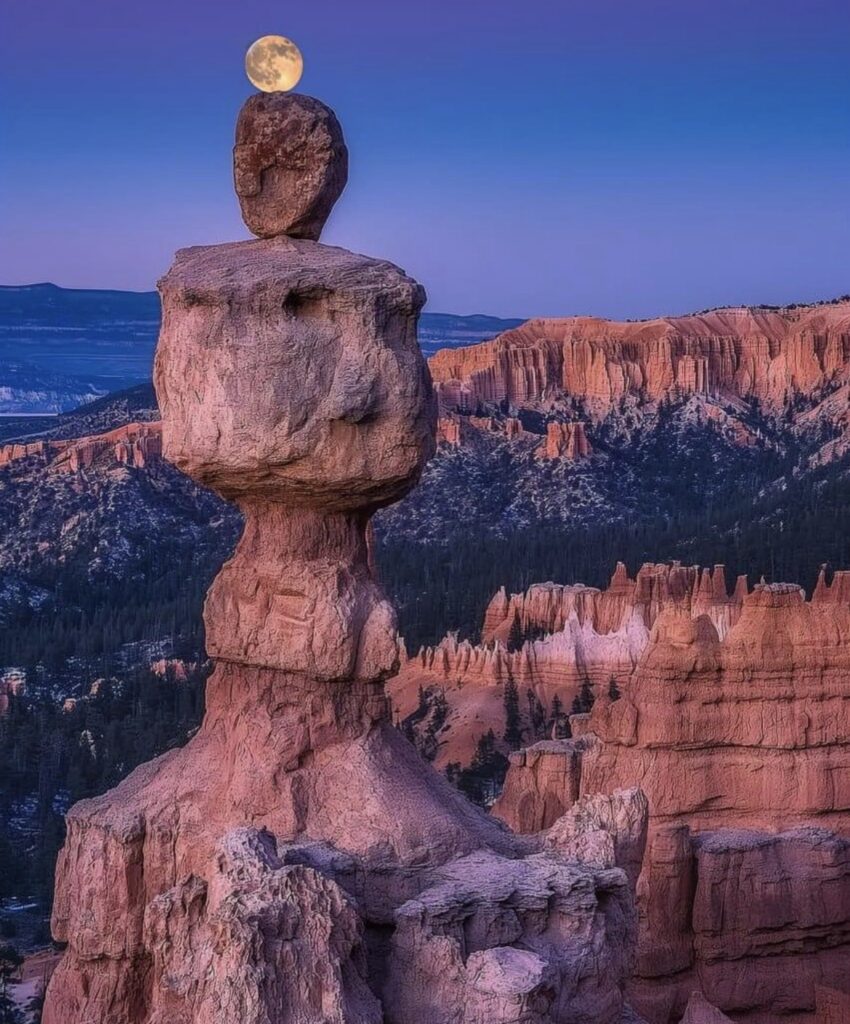
Best Time to Visit Bryce Canyon
Arriving at Bryce Canyon National Park, I quickly realized that timing is everything. Each season offers a different experience, making it essential to choose the best time to visit based on what you want to see and do. Personally, I decided to visit in late spring, and I couldn’t have been happier with my choice.
Springtime in Bryce Canyon is a fantastic period to explore. The temperatures are mild, making hiking and outdoor activities comfortable. Plus, the park isn’t as crowded as it gets in the summer. As I wandered through the vibrant trails, blooming wildflowers added a splash of color to the already stunning landscape. The clear, crisp air made it perfect for taking photos and soaking in the scenery without the sweltering heat of summer or the chill of winter.
Speaking of seasons, I’ve heard that winter transforms Bryce Canyon into a magical wonderland. Snow dusts the hoodoos, creating a contrast that’s perfect for winter photography. While the colder temperatures might be a challenge for some, the serene beauty of a snow-covered Bryce Canyon is worth the effort. It’s a scene that reminds me of the enchanting views at Cummins Falls State Park in Tennessee during the winter months.
Summer is, of course, the most popular time to visit. The warm weather draws crowds, and the park buzzes with activity. However, it’s essential to be prepared for the heat and the influx of visitors. Early morning or late evening hikes can help you avoid the peak temperatures and crowds, allowing you to enjoy the park’s beauty in relative peace.
For those who enjoy the tranquility of fewer visitors, fall is another excellent time to visit Bryce Canyon. The cooler temperatures and the changing colors of the foliage add a unique charm to the park. It’s a great time to enjoy long hikes and explore the park’s diverse trails without the summer rush.
Choosing the best time to visit Bryce Canyon really depends on your preferences. Each season has its own unique beauty and advantages. Whether you’re seeking mild weather, vibrant wildflowers, or a snowy wonderland, Bryce Canyon offers a memorable experience year-round.
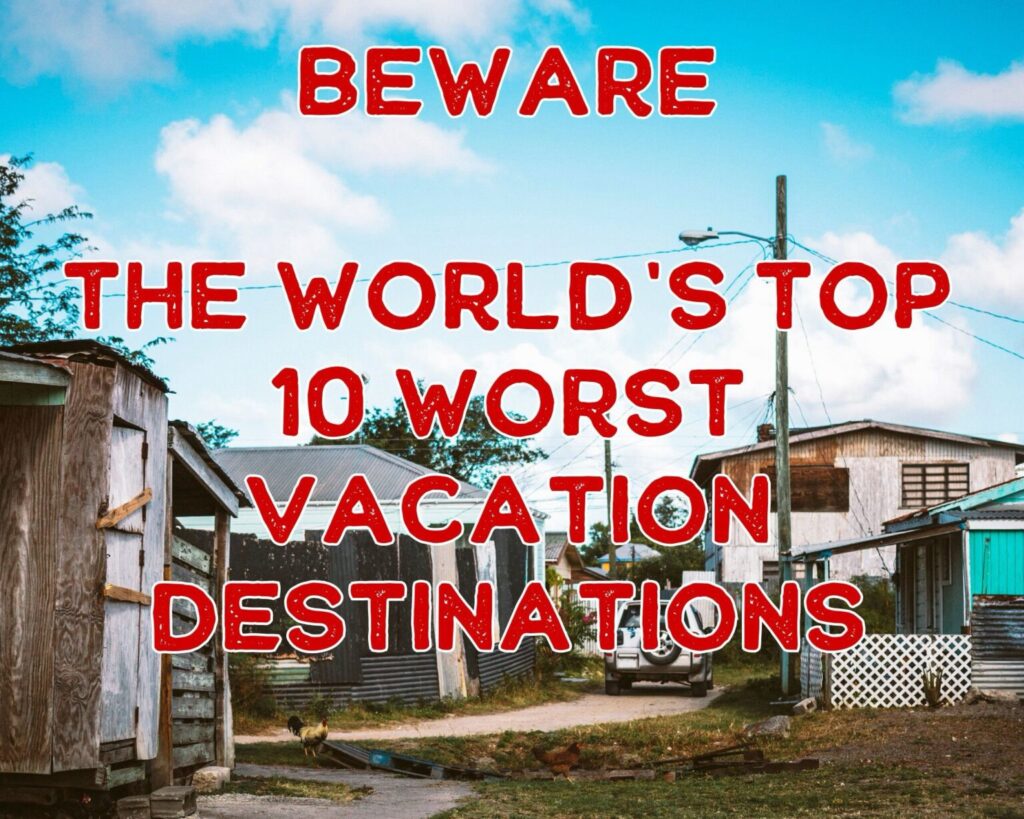
Must-See Attractions in Bryce Canyon
Bryce Canyon National Park is brimming with natural wonders, and I was eager to explore its most iconic attractions. From stunning viewpoints to unique rock formations, every corner of the park offers something awe-inspiring.
Sunrise Point and Sunset Point were at the top of my list. Standing at Sunrise Point early in the morning, I watched as the first light of day illuminated the hoodoos, casting long shadows and highlighting their intricate shapes. It was a serene moment that felt almost magical, similar to the stunning sunrises I’ve experienced at Pier Park in Panama City Beach. As the sun rose higher, the colors of the canyon shifted and changed, offering a constantly evolving panorama.
At Sunset Point, I found myself surrounded by fellow travelers, all eager to witness the day’s end in one of the most beautiful settings imaginable. As the sun dipped below the horizon, the sky exploded into hues of orange, pink, and purple, casting a warm glow over the canyon. It was easy to see why this spot is so beloved.
Another highlight was Bryce Point, known for its expansive views of the canyon. From this vantage point, I could see the full scope of the park’s beauty, with layers of rock stretching out in all directions. The scale and majesty of the landscape were truly humbling.
Inspiration Point offered a different perspective, with its multi-level viewing platforms providing various angles to appreciate the park’s dramatic scenery. The view from here was nothing short of breathtaking, with the dense clusters of hoodoos creating a surreal landscape that seemed almost otherworldly.
Exploring the Bryce Amphitheater was another unforgettable experience. This natural amphitheater is the heart of the park and is filled with the park’s signature hoodoos. Walking along the rim, I marveled at the towering spires and intricate formations, each one more unique than the last.
For those looking to delve deeper into the park’s natural beauty, the Queens Garden Trail is a must. This relatively easy hike takes you down into the canyon, allowing you to walk among the hoodoos and get up close to these incredible formations. It was fascinating to see the intricate details of the rocks, shaped by millions of years of erosion.
Finally, Thor’s Hammer is one of the park’s most famous formations. This iconic hoodoo, with its massive rock perched precariously on top of a slender column, is a sight to behold. Standing before it, I couldn’t help but feel a sense of wonder at the natural forces that created such a unique structure.
Bryce Canyon is a place where nature’s artistry is on full display, and these must-see attractions are just a glimpse of what the park has to offer. Each viewpoint and trail provided a new perspective and deeper appreciation for this incredible landscape.
Hiking Trails for Every Adventurer
One of the best ways to experience Bryce Canyon National Park is by hitting the trails. Whether you’re an avid hiker or a casual walker, there’s a trail for everyone to enjoy the park’s unique beauty.
I started my hiking adventure with the Navajo Loop Trail, a popular choice that offers a relatively easy hike with spectacular views. The trail descends into the canyon, winding through towering hoodoos and tight switchbacks. One of the highlights of this trail is passing through Wall Street, a narrow slot canyon flanked by towering rock walls. Walking here felt like stepping into another world, surrounded by the silent, imposing beauty of nature.
Next, I tackled the Queen’s Garden Trail, often combined with the Navajo Loop for a longer hike. This trail is known for its stunning rock formations, including the Queen Victoria hoodoo, which resembles the statue of the famous British monarch. The trail’s gentle descent into the canyon makes it accessible for most hikers, and the views are rewarding every step of the way.
For a more challenging hike, I ventured onto the Peekaboo Loop Trail. This trail is a bit longer and more strenuous, but it offers some of the park’s most breathtaking scenery. The loop takes you deeper into the heart of the canyon, passing through a maze of hoodoos and natural arches. The views from various points along the trail are simply spectacular, providing endless photo opportunities.
The Fairyland Loop Trail was another highlight of my visit. This 8-mile trail offers a less crowded experience, perfect for those seeking solitude and immersion in nature. The trail’s remote feel and diverse landscapes, from dense forests to open canyon views, made it a favorite of mine. It’s a longer hike, but the peace and beauty it offers are well worth the effort.
I also took the Rim Trail, which offers an easy, scenic hike along the canyon’s edge. This trail connects several of the park’s major viewpoints, including Sunrise Point, Sunset Point, and Bryce Point. It’s a great option for those who want to enjoy the views without venturing too far into the canyon. Walking along the Rim Trail, I was constantly in awe of the expansive vistas and the ever-changing play of light on the rock formations.
While preparing for these hikes, I made sure to pack all the essentials, drawing inspiration from tips on the best travel backpack for women. Having the right gear made my hikes more comfortable and enjoyable, ensuring I was ready for any adventure Bryce Canyon had to offer.
Bryce Canyon’s trails offer a range of experiences, from short, easy walks to challenging backcountry treks. Each trail provides a unique perspective on the park’s geological wonders, allowing hikers to immerse themselves in the stunning landscapes that make Bryce Canyon so special. Whether you’re here for a day or a week, exploring these trails is an essential part of the Bryce Canyon experience.
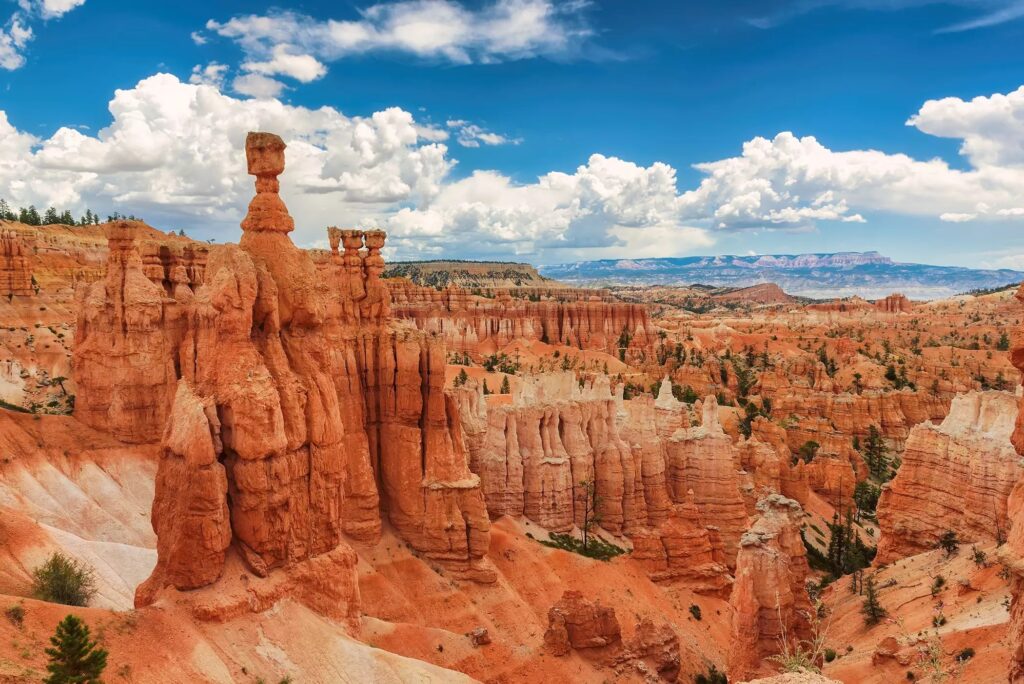
Capturing the Best Photos
As a photography enthusiast, Bryce Canyon National Park was a dream come true. The park’s unique rock formations, dramatic lighting, and stunning vistas offer endless opportunities for capturing incredible photos. Here are some tips and experiences from my time photographing this natural wonder.
Sunrise and Sunset are prime times for photography in Bryce Canyon. The soft, golden light during these hours enhances the vibrant colors of the hoodoos and creates striking contrasts. I made it a point to visit both Sunrise Point and Sunset Point during these times. At Sunrise Point, the first light of the day cast long shadows and illuminated the canyon in a warm glow, creating perfect conditions for stunning photos. Sunset Point, on the other hand, offered a spectacular display of colors as the sun dipped below the horizon, much like the awe-inspiring views I’ve captured at Pier Park in Panama City Beach.
For more unique angles, Bryce Point provided a panoramic view of the entire amphitheater. The expansive vista allowed me to capture the sheer scale of the canyon, with its layers of rock formations stretching out into the distance. The view from Bryce Point is especially dramatic in the early morning or late afternoon when the lighting adds depth and dimension to the landscape.
Exploring the Navajo Loop Trail and Queen’s Garden Trail gave me the opportunity to photograph the hoodoos up close. Walking among these towering formations, I was able to capture their intricate details and the way they seem to change color and texture depending on the light. One of my favorite shots was of Thor’s Hammer, an iconic hoodoo with a massive rock balanced precariously on top of a slender column. The unique shape and positioning of Thor’s Hammer make it a must-photograph spot.
Another fantastic location for photography was the Fairyland Loop Trail. This less-traveled trail provided plenty of opportunities to capture the park’s beauty without the crowds. The diverse landscapes along the trail, from dense forests to open canyon views, offered a variety of subjects to photograph. The trail’s remote feel also allowed for peaceful, uninterrupted shooting sessions.
Bryce Canyon is also renowned for its night skies. As an International Dark Sky Park, it offers some of the best stargazing opportunities in the country. I took advantage of this by doing some astrophotography, capturing the Milky Way above the silhouetted hoodoos. The clear, dark skies made for stunning nighttime shots that added another dimension to my Bryce Canyon photo collection.
To ensure I was prepared for all these photography opportunities, I drew inspiration from tips on sustainable travel, packing essential gear that minimized my impact on the environment. This approach not only helped me capture great photos but also made sure I respected and preserved the park’s natural beauty, much like the advice found in articles on sustainable travel essentials.
Bryce Canyon is a photographer’s paradise, offering a wealth of subjects and settings that are sure to inspire. Whether you’re capturing the golden light of sunrise, the intricate details of the hoodoos, or the star-filled night sky, the park provides endless opportunities for creating memorable images.
Camping and Lodging Options
After a day of hiking and photography, finding the perfect place to rest is essential. Bryce Canyon National Park offers a variety of camping and lodging options to suit different preferences and budgets. Here’s a rundown of the best places to stay during your visit.
Camping within Bryce Canyon is an unforgettable experience. The park has two main campgrounds: North Campground and Sunset Campground. I chose to stay at North Campground, which is conveniently located near the Bryce Canyon Visitor Center and several trailheads. The sites are well-maintained and provide a rustic, close-to-nature feel. Waking up to the crisp morning air and the sound of birds was a refreshing way to start the day.
Sunset Campground, open seasonally, offers a similarly immersive experience, with its proximity to Sunset Point making it an ideal choice for those who want to catch both sunrise and sunset without a long trek. Camping here allowed me to experience the park’s serenity and beauty after the day-trippers had left, making the stargazing sessions even more magical.
For those who prefer more comfort, Bryce Canyon Lodge provides a range of lodging options, from cozy cabins to comfortable lodge rooms. Staying at the lodge offers the convenience of being close to the park’s main attractions while enjoying amenities like a restaurant, gift shop, and easy access to shuttle services. The historic lodge, nestled among the pines, provided a charming and convenient base for exploring the park.
Just outside the park, there are several hotels and motels in the nearby town of Bryce Canyon City. I stayed at the Best Western Plus Bryce Canyon Grand Hotel, which offered modern amenities and a hearty breakfast to fuel my adventures. The town also has various dining options, shops, and even a rodeo during the summer months, adding to the overall experience.
For a more unique stay, consider renting a cabin or yurt. These options provide a balance between camping and hotel stays, offering comfort while still keeping you close to nature. I found a cozy cabin through a local rental service that provided all the comforts of home while still giving me that rustic, outdoorsy feel.
If you’re traveling in an RV, the Ruby’s Inn RV Park and Campground is a fantastic option. It’s located just outside the park entrance and offers full hookups, Wi-Fi, and other amenities. The convenience of having a home on wheels made it easy to explore the park at my own pace, and Ruby’s Inn offers additional activities and services, such as horseback riding and an on-site general store.
No matter where you choose to stay, it’s important to pack appropriately and plan ahead. Drawing inspiration from tips on sustainable travel essentials, I made sure to pack reusable items and minimize waste, helping to preserve the natural beauty of Bryce Canyon for future visitors.
Camping and lodging options in and around Bryce Canyon cater to all types of travelers. Whether you’re pitching a tent under the stars, enjoying the comfort of a lodge room, or setting up your RV, there’s a perfect place for you to rest and recharge. Staying close to the park enhances the overall experience, allowing you to fully immerse yourself in the wonders of Bryce Canyon.

Wildlife and Nature
Bryce Canyon National Park is not just about its stunning rock formations; it’s also home to a diverse array of wildlife and natural wonders. During my visit, I encountered a variety of animals and plants that added to the park’s enchantment.
One of the most common and delightful sightings were the mule deer. These graceful creatures are often seen grazing in the meadows or near the campgrounds. Early morning and late afternoon are the best times to spot them. Watching these deer move silently through the forest was a serene experience, reminding me of the peaceful encounters with nature I’ve had in other beautiful places like Cummins Falls State Park.
Another fascinating animal I saw was the Utah prairie dog. These small, burrowing rodents are a keystone species in the park, playing a crucial role in the ecosystem. I spent some time observing a prairie dog colony near the Bryce Canyon Visitor Center. Their playful interactions and complex social behaviors were captivating and offered a glimpse into the intricate balance of nature within the park.
Birdwatchers will find Bryce Canyon a paradise. The park is home to over 200 species of birds. I was thrilled to spot the Western Bluebird with its vibrant blue plumage and the majestic Red-tailed Hawk soaring overhead. For bird enthusiasts, bringing a pair of binoculars and a field guide can make birdwatching even more rewarding.
Bryce Canyon’s flora is equally diverse. The park’s high elevation means it supports a mix of plant communities, from pinyon-juniper woodlands to ponderosa pine forests. I enjoyed learning about the different plants along the park’s trails, many of which are marked with informative signs. The sweet scent of the ponderosa pines, which smell faintly of vanilla, was a delightful surprise as I hiked.
One evening, I joined a ranger-led program to learn about the park’s nocturnal wildlife. It was fascinating to discover how many animals are active at night, from bats to nocturnal insects. The ranger explained the importance of preserving dark skies for these creatures, linking back to the incredible stargazing opportunities that Bryce Canyon offers.
Respecting and protecting wildlife is a key aspect of visiting Bryce Canyon. I made sure to follow the park’s guidelines on keeping a safe distance from animals and not feeding them. This ensures that wildlife remains wild and that future visitors can enjoy the same experiences. Similar to the advice found in articles on preserving natural habitats, like the tips for visiting Alcatraz Island, being a responsible visitor is crucial.
Bryce Canyon’s rich biodiversity adds another layer to the park’s appeal. From observing playful prairie dogs to marveling at the majestic red-tailed hawks, every encounter with wildlife enriches the experience. Whether you’re a seasoned naturalist or a casual observer, the park’s wildlife offers endless opportunities for discovery and wonder.
Stargazing in Bryce Canyon
One of the most awe-inspiring experiences at Bryce Canyon National Park is stargazing. As an International Dark Sky Park, Bryce Canyon offers some of the darkest skies in the country, making it an ideal location for observing the night sky.
After a full day of exploring and hiking, I found a quiet spot away from the main trails and settled in to watch the stars come out. As the sky darkened, it seemed like a blanket of stars was slowly unfurling above me. The sheer number of stars visible to the naked eye was astounding, reminding me of the pristine night skies I’ve seen in other remote places like Cummins Falls State Park.
Bryce Canyon’s high elevation and clear air provide perfect conditions for stargazing. On a moonless night, the Milky Way stretches across the sky in a brilliant band of light. I spent hours lying on my back, mesmerized by the twinkling stars and the occasional shooting star. The park offers ranger-led astronomy programs that are both educational and entertaining. During these programs, rangers use powerful telescopes to show visitors celestial objects in stunning detail. I had the opportunity to see the rings of Saturn and the craters of the moon up close, which was an unforgettable experience.
For those interested in capturing the night sky, Bryce Canyon provides incredible opportunities for astrophotography. With a tripod and a good camera, I was able to take long-exposure shots that revealed even more stars and details of the Milky Way. The hoodoos in the foreground added a unique element to the photos, creating a stark contrast between the earth and the sky. These nighttime images were some of the most striking photos I took during my trip.
Stargazing in Bryce Canyon is also a perfect activity for couples. The tranquil and romantic atmosphere under the star-filled sky is unparalleled. It’s no wonder that stargazing is often listed as one of the top activities for romantic getaways. Whether you’re with a loved one or enjoying a moment of solitude, the experience of looking up at a sky filled with stars is profoundly moving.
To fully enjoy stargazing, it’s important to come prepared. Dress warmly, as temperatures can drop significantly after sunset, even in summer. Bringing a blanket or reclining chair can make the experience more comfortable. I also found that using a red flashlight helped me navigate without disturbing my night vision.
Stargazing at Bryce Canyon is a magical experience that connects you with the vastness of the universe. The park’s commitment to preserving dark skies ensures that this incredible natural spectacle can be enjoyed by generations to come. Whether you’re an astronomy enthusiast or simply someone who appreciates the beauty of the night sky, Bryce Canyon offers an unparalleled stargazing experience.

Road Trip Tips and Avoiding Car Sickness
Planning a road trip to Bryce Canyon National Park can be just as exciting as the destination itself. The journey through Utah’s scenic landscapes offers a preview of the natural beauty you’ll experience in the park. Here are some tips from my road trip that made the journey smooth and enjoyable.
Choosing the Right Route: Depending on where you’re coming from, there are several scenic routes to Bryce Canyon. I traveled from Las Vegas, which took me through a series of picturesque landscapes, including Zion National Park. The drive was filled with stunning views, making the journey as memorable as the destination. For those coming from Salt Lake City, the route via US-89 is equally beautiful, offering glimpses of Utah’s diverse terrain.
Essential Stops Along the Way: One of the joys of a road trip is making spontaneous stops. I highly recommend stopping at some of the small towns and scenic viewpoints along the way. Places like Red Canyon, just outside Bryce Canyon, offer a taste of the hoodoos you’ll see in the park and are great for stretching your legs and taking photos. If you’re coming from the west, consider a detour to see the breathtaking views of Las Vegas from above, which adds an exciting urban contrast to your nature-filled journey.
Avoiding Car Sickness: Long drives can sometimes lead to car sickness, but there are several remedies that can help. I made sure to stay hydrated, take regular breaks, and eat light snacks. Fresh air also made a significant difference, so I kept the windows down whenever possible. Reading tips from articles like top remedies for nausea-free travel helped me prepare for the trip and avoid any discomfort.
Packing Essentials: Packing the right gear is crucial for a successful road trip. I found that having a well-organized backpack with all my travel essentials made the journey much smoother. Items like reusable water bottles, healthy snacks, a first-aid kit, and a reliable map or GPS were indispensable. Drawing inspiration from travel checklists, such as those for sustainable travel essentials, ensured that I was well-prepared and minimized my environmental impact.
Accommodations on the Road: Depending on the length of your trip, you might need to plan for overnight stays. I booked a hotel in a nearby town to break up the drive, allowing me to rest and explore local attractions. Staying in places that offer a comfortable and welcoming atmosphere, like those highlighted in articles on romantic getaways, can add an extra layer of enjoyment to your journey.
Road Safety Tips: Ensuring your vehicle is in good condition before embarking on the trip is essential. I checked the tire pressure, oil levels, and brakes to avoid any unexpected issues. Bringing along an emergency kit with essentials like a spare tire, jumper cables, and basic tools provided peace of mind. Following these road safety tips helped make my trip to Bryce Canyon safe and enjoyable.
Planning a road trip to Bryce Canyon is an adventure in itself. By choosing the right route, making essential stops, and preparing for potential challenges like car sickness, you can ensure a smooth and memorable journey. The drive through Utah’s stunning landscapes sets the stage for the incredible experiences awaiting you in Bryce Canyon National Park.
As an Amazon Associate we earn from qualifying purchases through some links in our articles.
